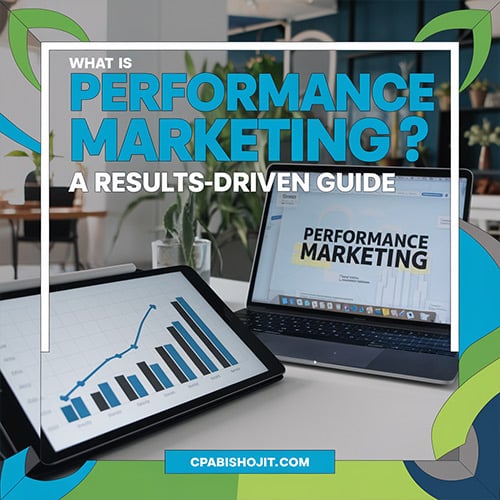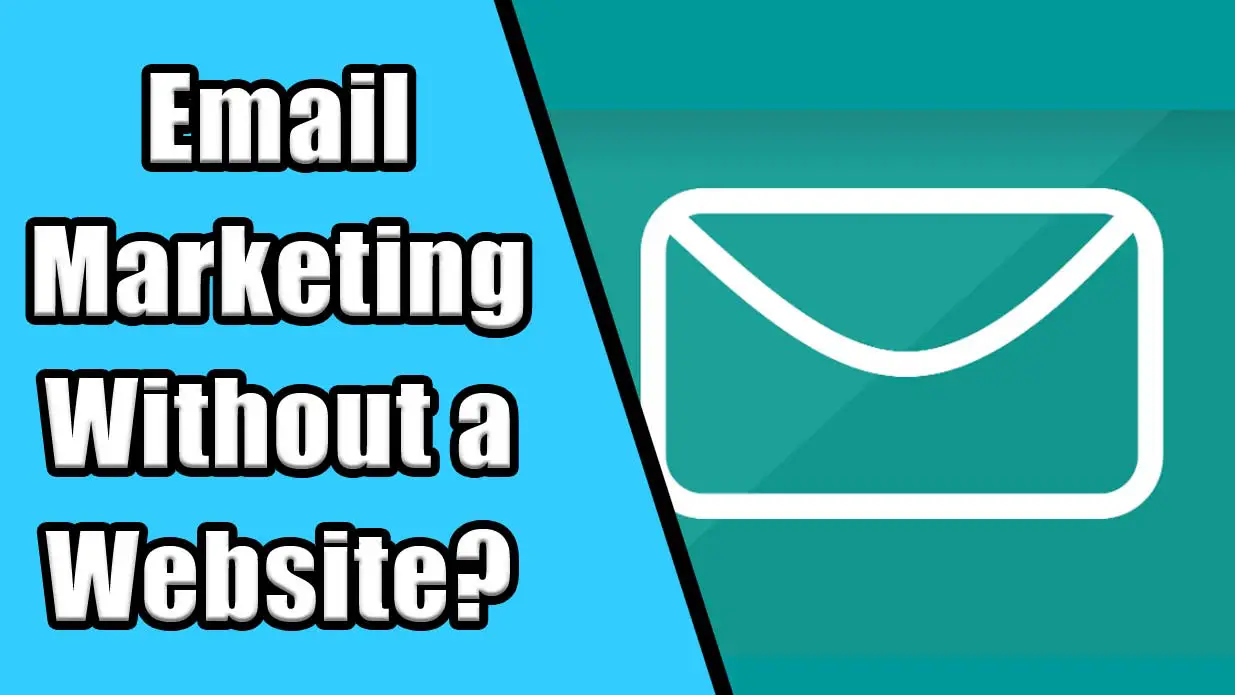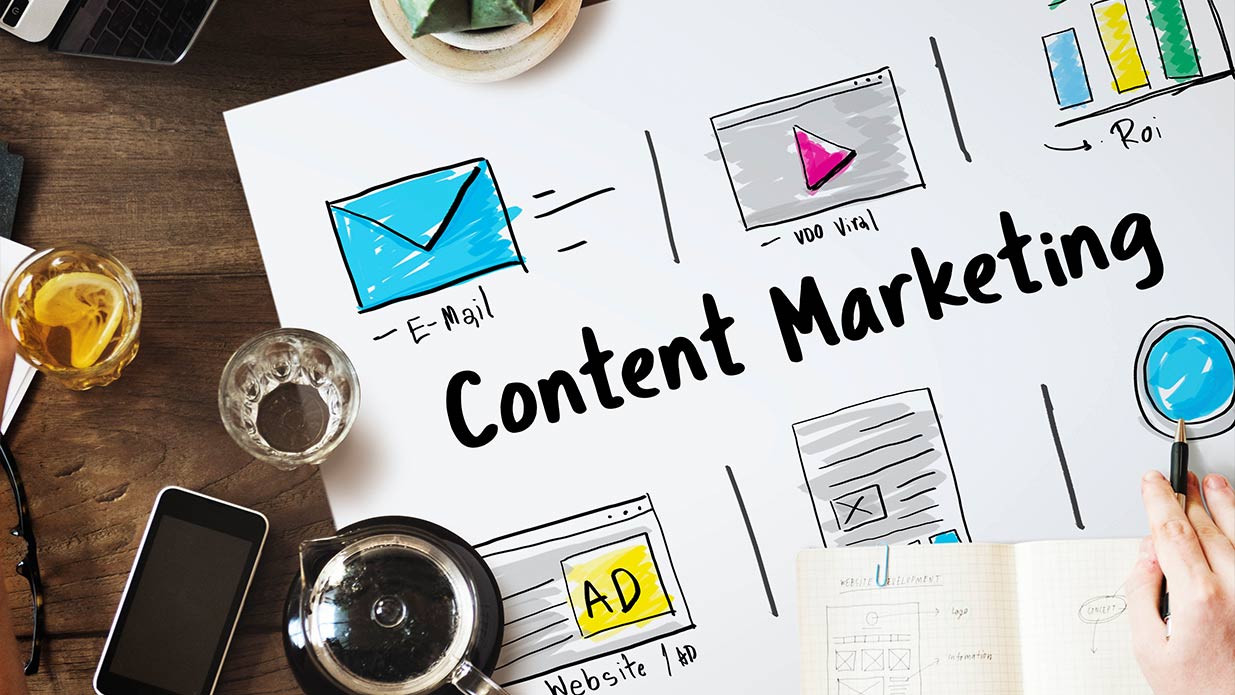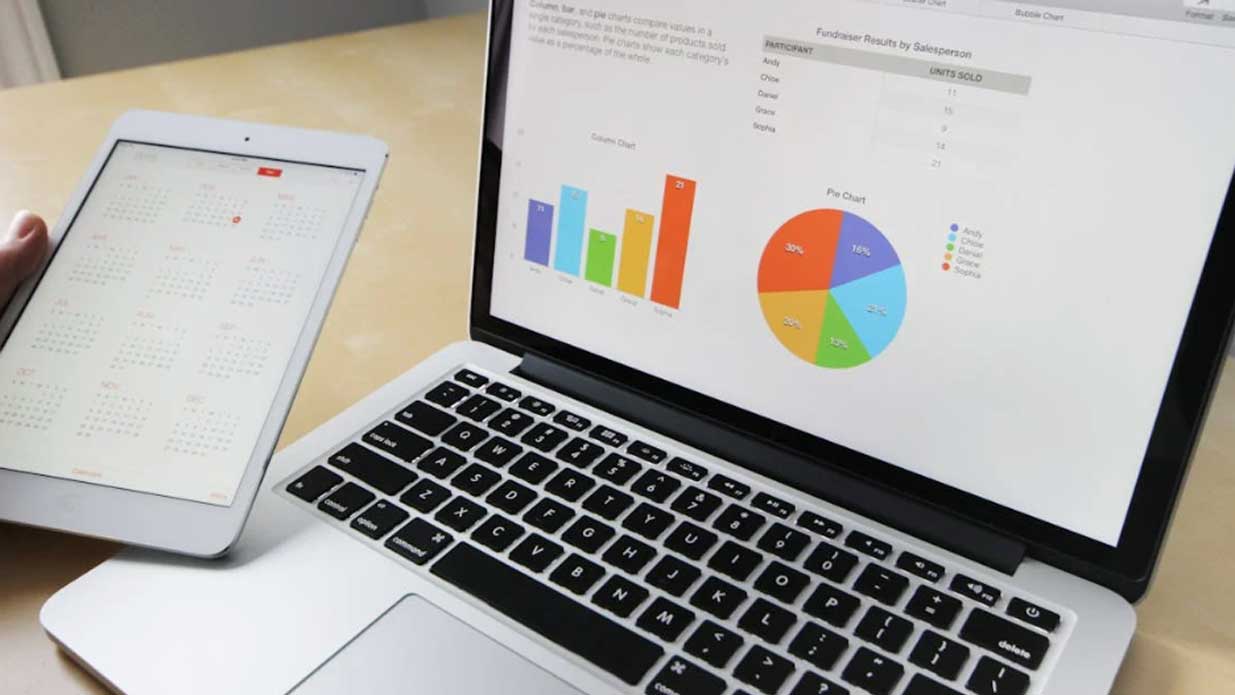What is Performance Marketing? A Results-Driven Guide [2025]

Back in my early days as an internet marketer, I wasted thousands of dollars on ads that barely converted. I’d pour money into campaigns, hoping for results, only to be left guessing whether my efforts were truly working. Sound familiar?
The reality is that traditional marketing often feels like shooting in the dark—you spend first and hope for returns later. But what if there was a way to only pay when you actually see results? That’s exactly what performance marketing offers.
My name is CPA Bisho Jit, and I’ve spent years helping businesses grow through data-driven, results-focused marketing strategies. Performance marketing is not just a buzzword—it’s a game-changer. In 2024, global spending on digital ads exceeded $600 billion, yet more than 50% of campaigns struggled with inefficient spending. With performance marketing, you can eliminate wasted ad spend and focus on what works.
This guide will break down how performance marketing works, the best platforms to use, and how you can leverage it to scale your business efficiently. Whether you’re an entrepreneur, business owner, or marketer, this approach will help you maximize your return on investment (ROI) while keeping costs under control. Let’s dive in.
What is Performance Marketing?
Performance marketing is an advertising strategy where businesses only pay when a specific action happens—whether it’s a click, lead, sale, or any other measurable outcome. Unlike traditional marketing, where you pay for exposure regardless of results, performance marketing ensures that every dollar spent is tied to real, trackable performance.

This model is data-driven and transparent, making it ideal for companies that want to measure success accurately. It’s commonly used in digital marketing because every action can be tracked, analyzed, and optimized in real-time.
How Performance Marketing Works
The success of performance marketing lies in its ability to track and measure every action. Here’s how it works step by step:
- Define Your Goals – Set clear objectives like increasing sales, leads, or brand awareness.
- Choose the Right Marketing Channel – Select platforms such as Google Ads, Facebook Ads, affiliate marketing, or native ads.
- Launch & Track the Campaign – Use UTM tracking, conversion pixels, and analytics to measure performance.
- Optimize Based on Data – Adjust campaigns based on real-time insights to improve conversions.
- Pay for Results – Advertisers only pay for the defined action, making it cost-effective and goal-oriented.
Key Channels of Performance Marketing
- Affiliate Marketing – Businesses partner with affiliates who promote products for a commission.
- Paid Search (PPC) – Advertisers bid on keywords to appear at the top of search engine results.
- Social Media Advertising – Businesses pay for engagement, clicks, or conversions on platforms like Facebook and Instagram.
- Native Advertising – Sponsored content blends seamlessly into websites, increasing engagement.
- Influencer Marketing – Brands pay influencers based on engagement, clicks, or sales they generate.
Benefits of Performance Marketing
1. Cost-Effectiveness
Unlike traditional marketing, where you spend money upfront, performance marketing ensures you only pay when you get results. This eliminates wasted budget and increases ROI.
2. Measurable & Data-Driven
Every action is tracked in real-time, allowing businesses to analyze what’s working and adjust campaigns accordingly. Tools like Google Analytics and Facebook Pixel make it easy to measure performance.
3. Scalability
Once a campaign proves successful, businesses can scale up their efforts by increasing ad spend on high-performing channels.
4. Flexibility & Adaptability
Performance marketing allows advertisers to pivot quickly based on real-time data. If an ad isn’t converting, you can adjust the creatives, audience, or budget immediately.
5. High ROI
By focusing on results, performance marketing ensures that every dollar spent contributes directly to business growth.
Challenges & Risks
1. Ad Fraud & Fake Traffic
Bots and fraudulent activities can inflate ad costs. Using fraud detection tools and choosing reputable platforms helps mitigate this risk.
2. Increasing Competition
More businesses are using performance marketing, which means higher bidding costs for keywords and ad placements.
3. Privacy Regulations & Tracking Restrictions
With new privacy laws (like GDPR and iOS tracking updates), it’s becoming harder to track user behavior. Marketers must adapt to privacy-first solutions like first-party data collection.
4. Dependence on Third-Party Platforms
Advertisers rely on platforms like Google and Facebook, which can change algorithms and ad policies anytime, affecting campaign performance.
Tools & Platforms for Performance Marketing
1. Google Ads & Facebook Ads Manager
The two biggest platforms for PPC and social media advertising.
2. Affiliate Networks (CJ, ShareASale, Impact)
Help businesses connect with publishers who can promote their products.
3. Google Analytics & Hotjar
Essential for tracking user behavior and optimizing performance.
4. SEMrush & Ahrefs
Powerful SEO tools for improving search performance and keyword research.
5. UTM Tracking & Attribution Tools
Ensures accurate measurement of campaign performance across multiple channels.
Future of Performance Marketing
1. AI & Automation
AI is changing digital marketing with automated bidding, smart targeting, and dynamic ad creation.
2. Cookieless Tracking & Privacy-First Marketing
As third-party cookies disappear, brands must invest in first-party data collection and alternative tracking methods.
3. Expansion of Video & Voice Search
More consumers are using video and voice search, meaning advertisers must optimize their campaigns for these trends.
4. Cross-Platform Attribution
With multiple touchpoints in a customer’s journey, accurate attribution models will become even more critical.
Conclusion
Performance marketing is a powerful, results-driven approach that helps businesses maximize ROI while minimizing wasted ad spend. By leveraging data, automation, and targeted advertising, companies can achieve scalable and predictable growth.
The key is to stay ahead of trends, adapt to changes in tracking regulations, and continually optimize campaigns for better efficiency and higher returns.
If you’re not using performance marketing yet, now is the time to start!






